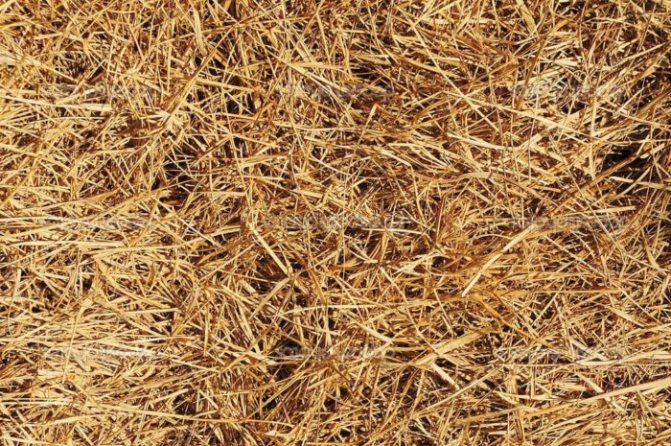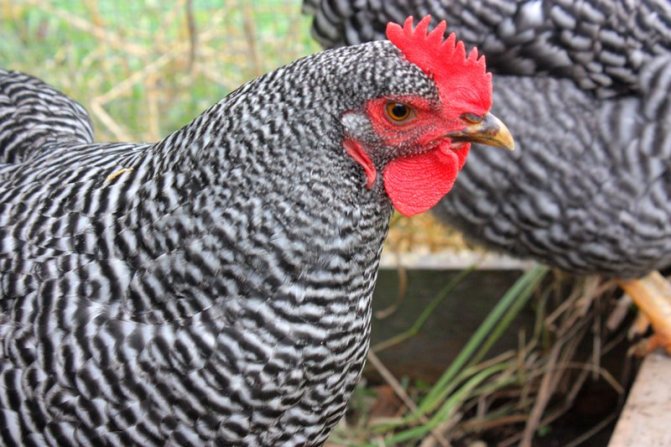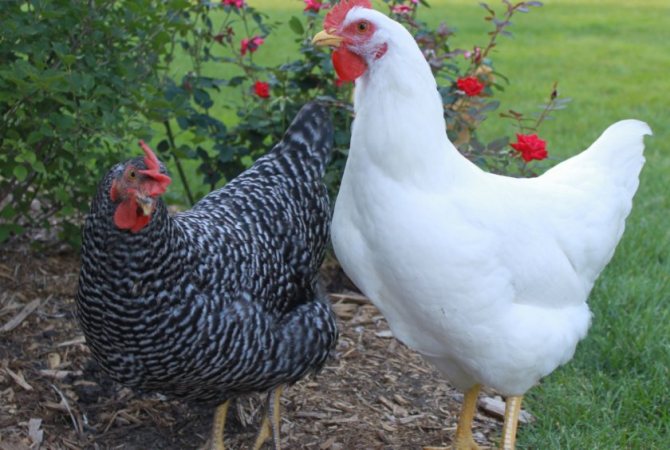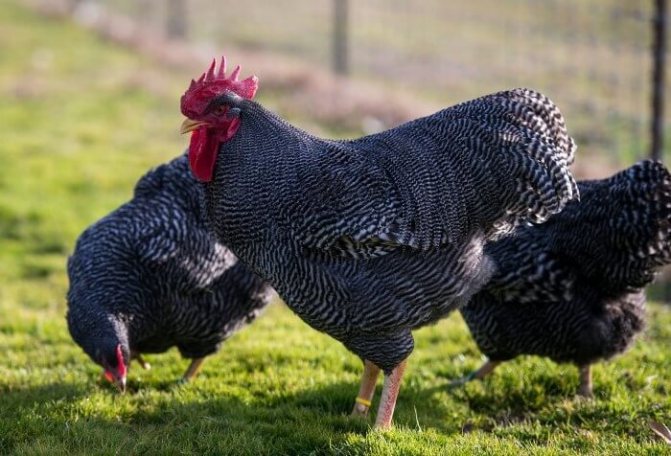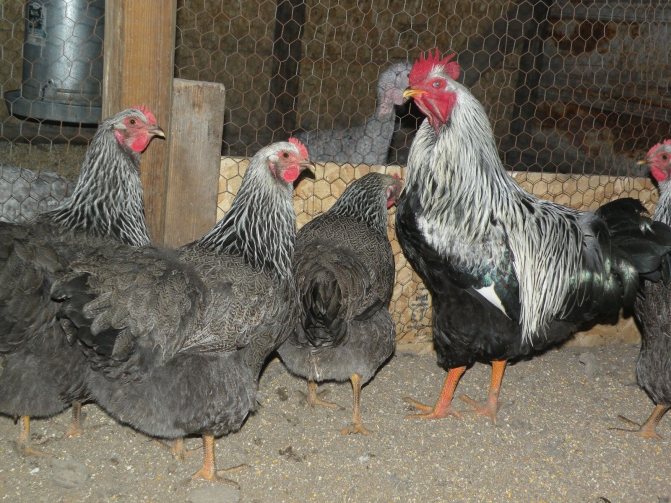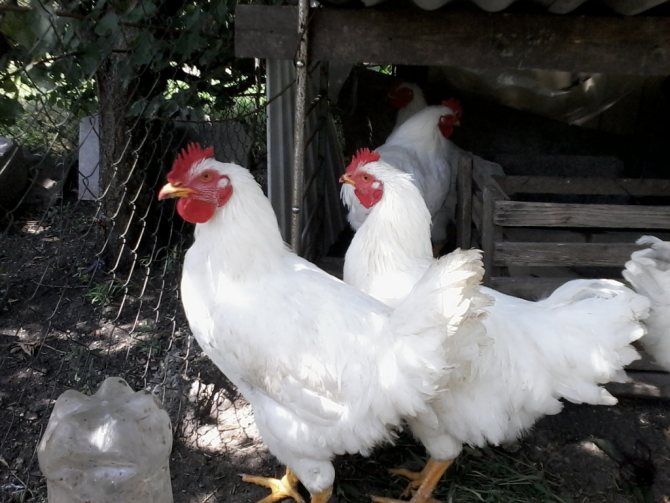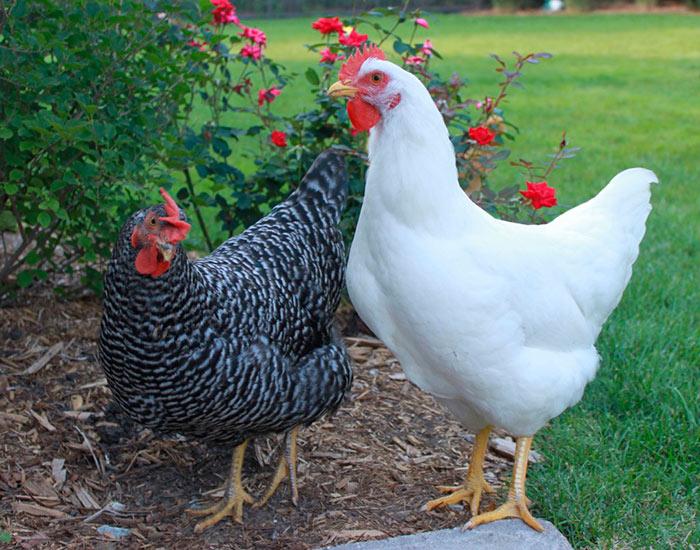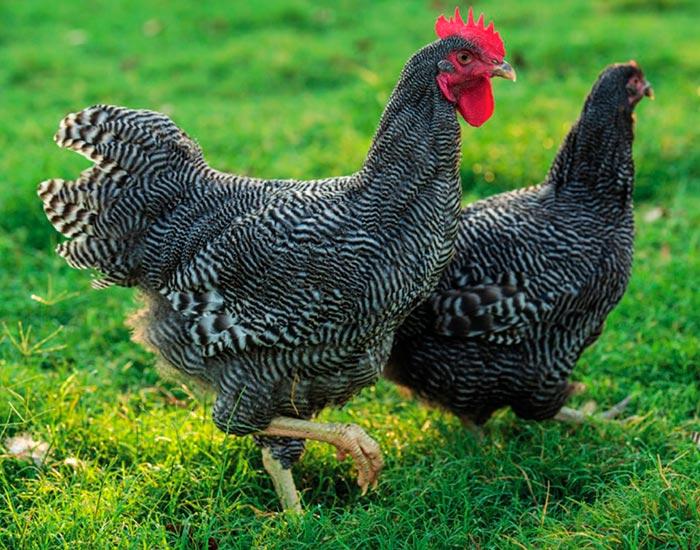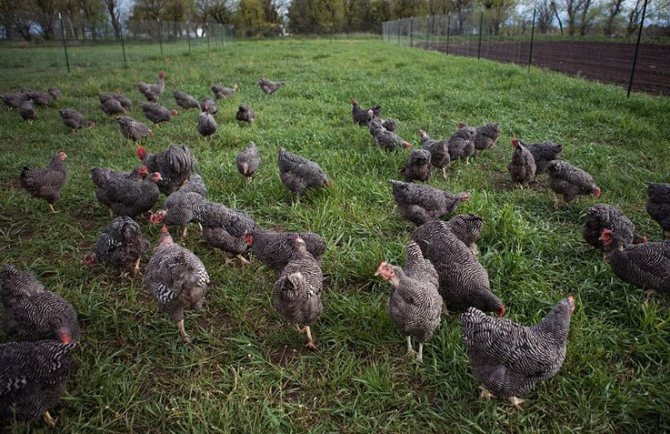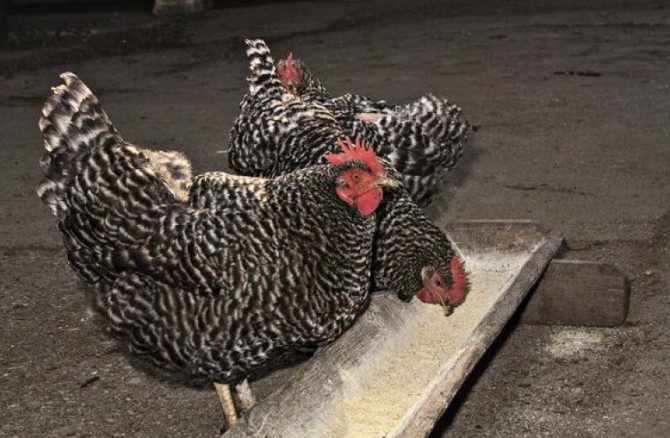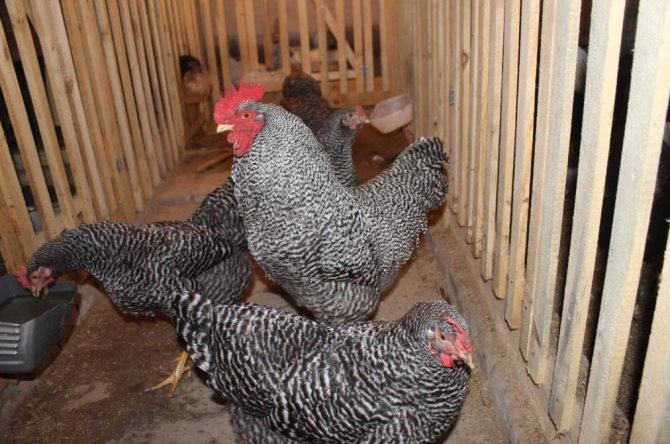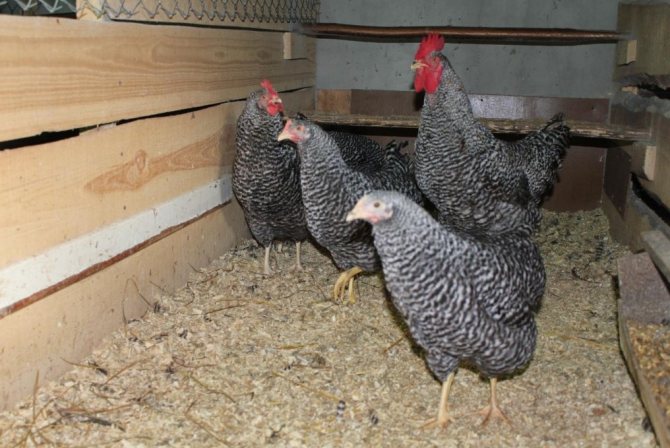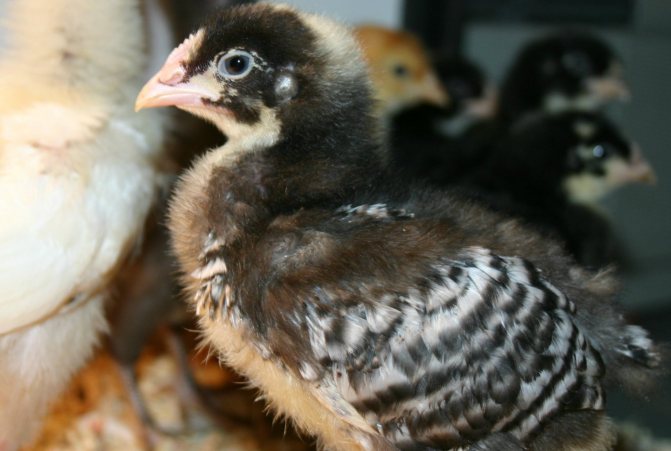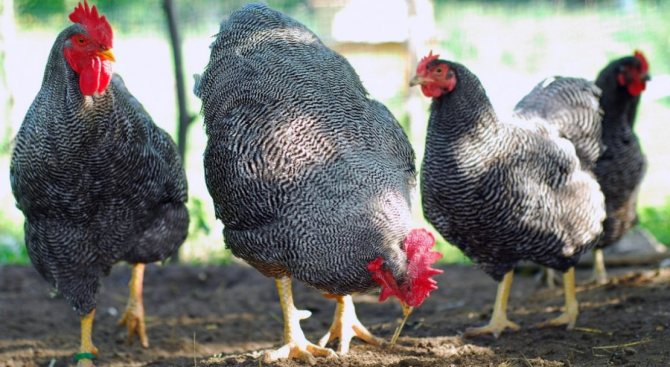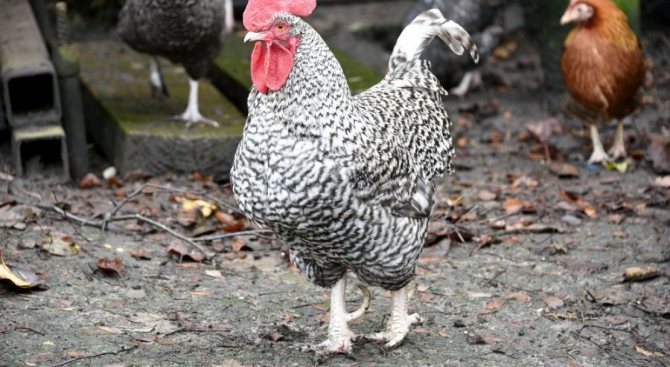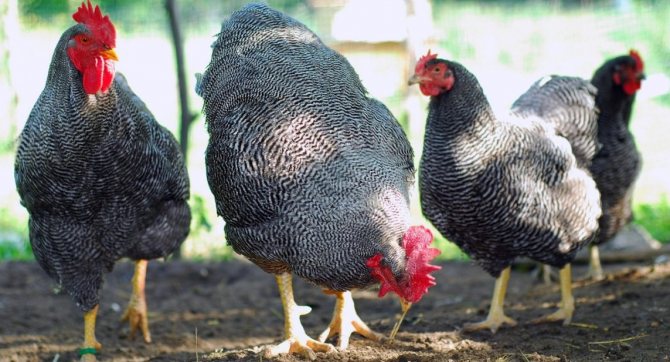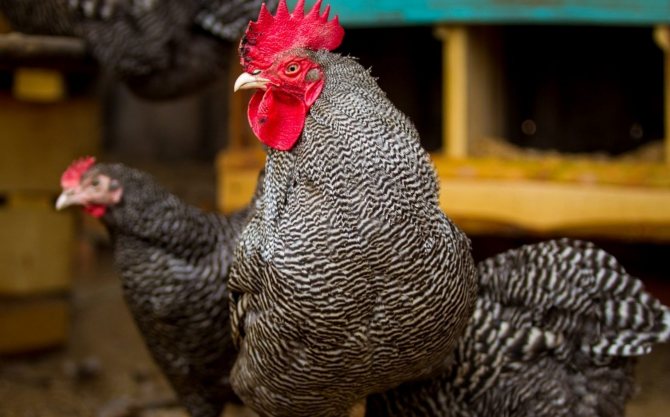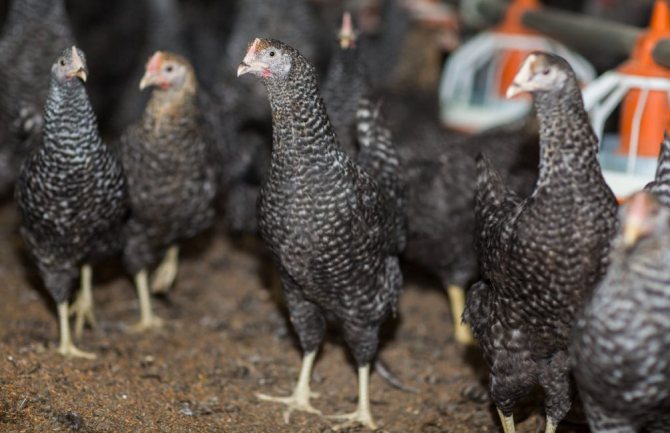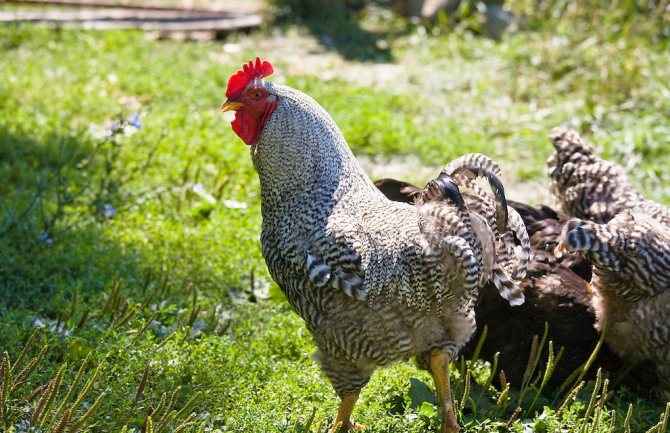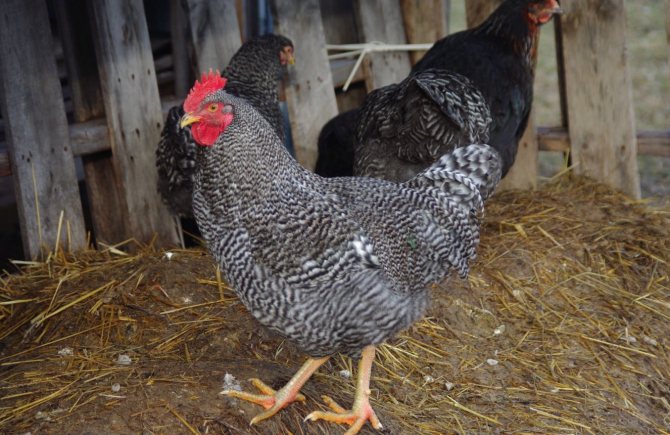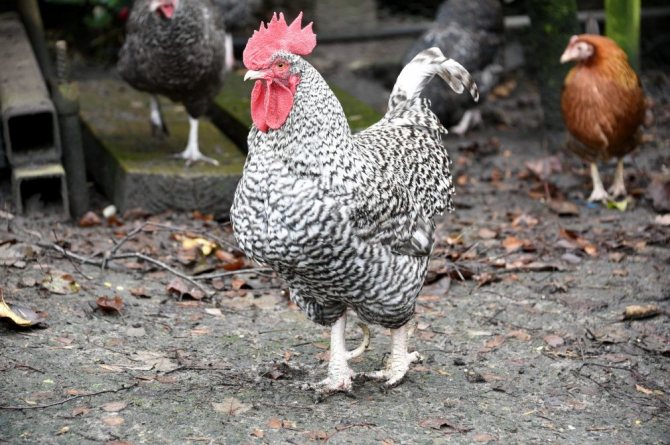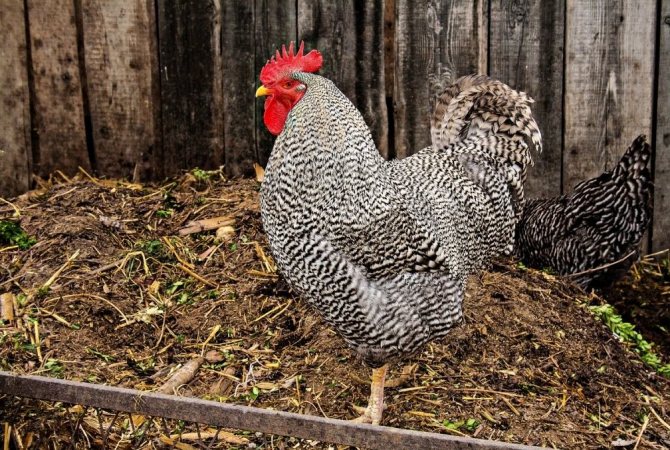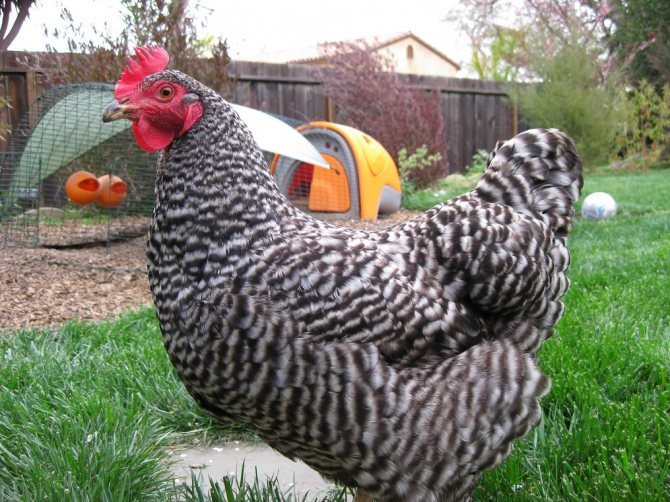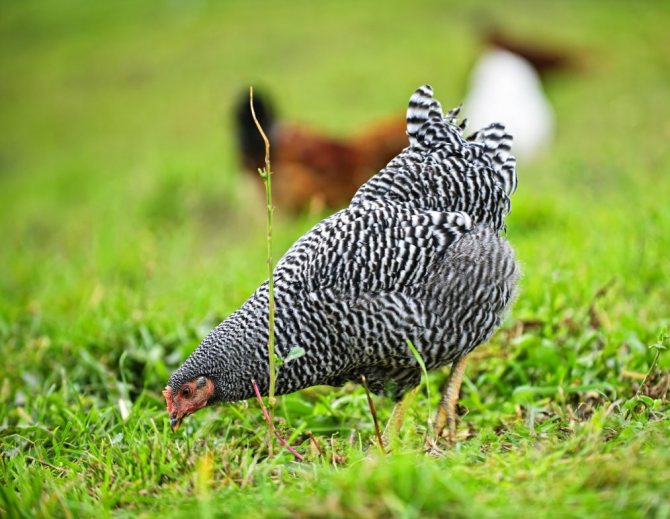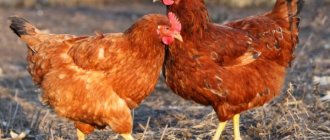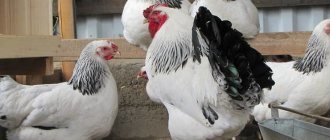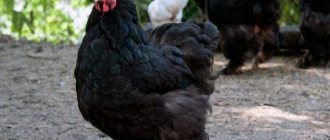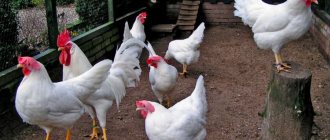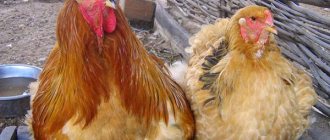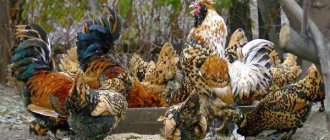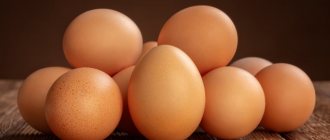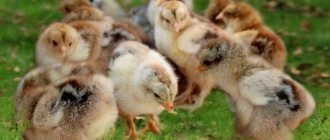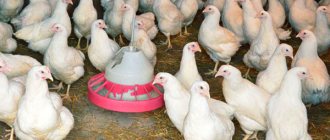Among the huge variety of chicken breeds, Plymouthrock stands out - poultry of meat and egg production directions, which are perfect for breeding in the household. They have a fairly high egg production, and their meat is nutritious and high in taste. At the same time, Plymouthrogs are completely unpretentious to the conditions of keeping and feeding, so even beginners can cope with their cultivation.
In this article, we will consider the main features of the Plymouth Rock breed, its origin and description, and also pay attention to the peculiarities of keeping and feeding these poultry.
Origin
The breed appeared in the sixties of the nineteenth century in America. Breeder W. Worcester bred these chickens and gave them the name by the name of the American city of Plymouth, and the prefix rock (translated as rock "rock") indicates that the birds are distinguished by a dense constitution. When breeding the breed, Langash and Dominican chickens were used, the genes of Brahma and Cochinchins were taken.
On the territory of our country, the breed appeared at the beginning of the twentieth century. Domestic breeders often used the striped Plymouth Rock to create new varieties of chickens.
In modern times, the breed has gained popularity around the world and is used by many farmers and large poultry farms.
Standard
Exterior. Birds should have a medium-sized head, beak not very long, yellow, strong. The eyes are orange or brown and shine.
Smooth face of red color. Low-set ridge in the form of a five-pointed leaf; in males it is four-pointed.
A distinctive feature of the Plymouthrocks' appearance is the lobes of a rich red color, they are small and smooth, in shape - oval.
The neck is always short, the plumage is thick. The chest rises and protrudes.
Other color options
- black (deep black with a greenish tint, like a magpie);
- yellow (the main feature is the yellow and light brown color not only of the feather, but also of its shaft);
- partridge (roosters are especially good with a combination of black, brown, golden brown, creating a beautiful pattern);
- blue (with a uniform blue feather color and a lighter shade of fluff);
- pale yellow.
A rare Russian farmer has a fawn Plymouth Rock. Very interesting coloring and articles.
Features of the
Let's highlight the features of the breed of Plymouthrock chickens. They are classified as a breed of meat and egg direction - universal.
The meat of these chickens is distinguished by its tenderness and good taste, reminiscent of broiler meat. However, meat products have a yellowish tint, so it cannot be classified as elite.
The nature of these birds is quite calm, they are not prone to aggression. They are not highly mobile. They can easily adapt to any climatic conditions. Resistant to most chicken diseases. Chickens grow very quickly, however, it takes a very long time to acquire feathers. Feathers appear only after a month and a half.
Chickens mature quickly. At the age of six months, the laying hen can already please the farmer with the first eggs laid. This is a special difference between Plymouth Rocks and other chicken breeds.Layers are very calm, have a well-developed hatching instinct.
Birds are rarely worried or uncomfortable. The offspring retains breeding characteristics well.
It is worth noting that Plymouthrock striped chickens have a lower survival rate than white individuals.
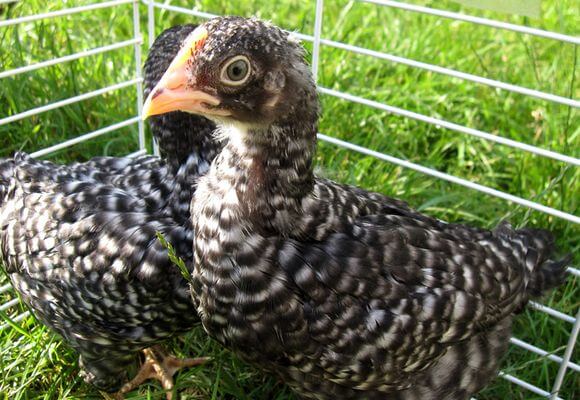
Testimonials
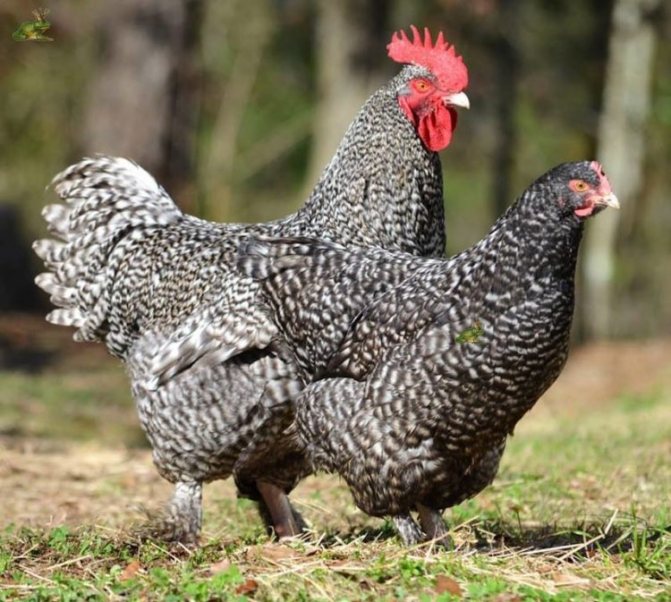

Alexander Elkin, 47 years old
I read about the Plymouth Rock breed on the Internet and caught fire. For a long time he cherished the dream of having Plymouthrocks. But not only dreamed, but also was looking for where you can buy purebred chickens. And now, finally, my beauties arrived, having covered a considerable distance of 300 km from a small private farm. We adapted quickly. I created the conditions in advance, having rebuilt a brand new poultry house. Let's see what happens next, purely outwardly, Plymouth Rocks are impressive. Unusual coloring, I have - striped, large and calm, I would say: imposing.
Zinaida Vekshina, 38 years old
We have a small farm. We do a little bit of everything. There was an idea to have chickens of a universal direction for personal use. I wanted the family to always have meat and eggs. We stopped at Plymouth Rocks. The characteristics of the breed were very tempting. And as a decoration for the household. They were not cheap, because they could not buy chickens, they took 5 months. I am very happy with the chickens. The eggs are large, meat of excellent quality and taste. Now we are thinking about breeding Plymouthrocks.
Michael, 43 years old
I have been breeding Plymouthrock chickens for 6 years. During this time, I had no complaints. These birds behave very well, they do not even conflict with hens of other breeds. In the summer I keep them on the street. Equipped a place for them to walk. There is a lot of grass, so I don't feed the birds with anything during the day. They get themselves insects and the necessary grass on their own.
Anastasia, 52 years old
I met these chickens 2 years ago. At first I took 10 chickens to try. But when I realized that this is an excellent choice for breeding a household, I bought her 30 chicks in the spring. She fed the little ones with boiled eggs and nettles. But I feed the adults with fresh grass, mash and corn. The chickens have an excellent egg carrier. I manage to collect 4-5 eggs from one individual in a week.
Video
Chickens
Initially, chickens are dark in color, with a characteristic white speck on their head. By these characteristics, you can determine the breed of a day-old chick. In addition, you can distinguish males from females: in chickens, the spot will be brighter and have clear boundaries, in cockerels it is pale, the edges are blurred.
The feathers appear around the sixth week of the chick's life, which is very late.
About 97% of the eggs are fertilized during breeding, the safety of the offspring is about 96% - these are very good indicators.
Chicks grow very quickly despite the slow appearance of feathers. Young individuals are dark in color, and females are darker than males.
Newborns are fed the same food as adult chickens, however, it should be chopped up. You can finely chop eggs, cottage cheese, corn flour. It is necessary to give chickens finely chopped greens. At the age of two weeks, compound feed, yogurt and meat and bone meal are added.
At the age of one and a half months, chickens can be released for walking.
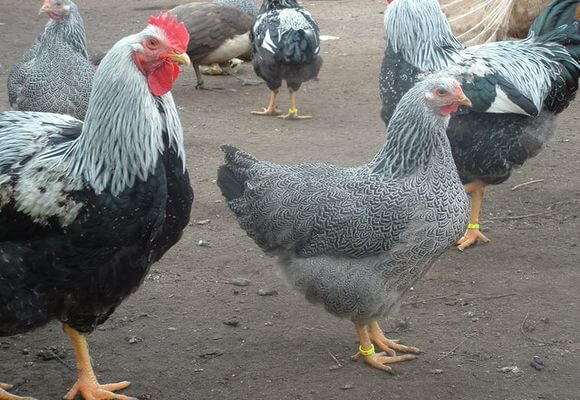

Maintenance of adults
Adults include individuals aged from six months. By this time, they are fully ripe, the body weight is 3 kilograms in females and 4.5 kg in males.
The productivity of plymouth rock gives good if the chicken coop is properly and efficiently equipped. It should be spacious and well lit.
Birds of this breed are quite unpretentious in terms of diet. There is no need for a special menu. Most often, birds are fed according to this scheme: two-thirds of the diet consists of grain, the rest is feeding with homemade food, food waste. Layers should receive an increased amount of calcium, and young animals need an abundance of meat and bone meal.
Chickens love to walk in the fresh air. Therefore, it is necessary to equip a walking area where fresh grass will grow. If the grass is not enough, then you can add freshly cut greens.
Productivity
Egg
Plymouth Rock is beneficial to hold for eggs. A young hen makes its first clutch at six months, if she is completely healthy and receives full food every day. You can get about 180 large eggs weighing 60 g per year.
Egg work is carried out almost all year round and stops only in the fall during molting. Chickens of the Plymouth Rock breed begin to renew their plumage in late autumn. During this period, they rest and gain strength for the next clutches. The feather change takes about 1.5 months.
Productivity remains high for about a year after the first clutch. Then it starts to decrease. Keeping chickens becomes unprofitable, so they are slaughtered for meat. A few months before, it is recommended to replenish the chicken stock with young layers.
Meat
At six months, the weight of the chickens is about 3 kg, and the males are 1.5 kg more. The meat is very tasty and nutritious, which is why Plymouthrock chickens are often grown exclusively for slaughter.
Some breeders claim that white Plymouthrocks have more tender meat.
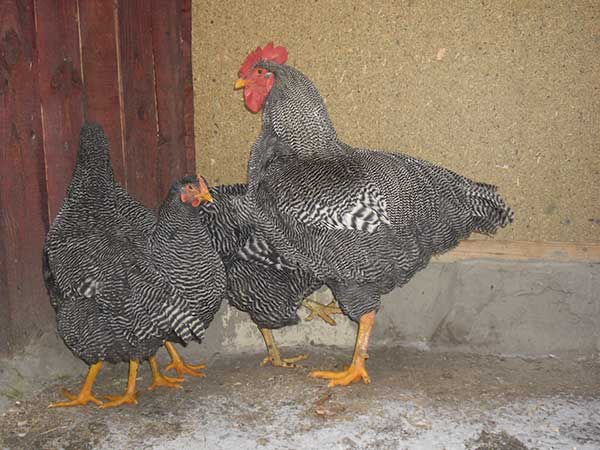

Breeding
In order to produce Plymouthrock broilers, they must be crossed with Cornish chickens.
Chicks should be kept in a hen house, which will be carefully insulated and well ventilated. Youngsters do not walk and strictly control the daylight hours. Growing takes place on bedding or in boxes with electric heating pads.
They should eat mixed fodder with the addition of meat and bone meal and oil cake. You can give sprats and milk.
It is necessary to equip the container with shells, chalk and limestone.
The bird should be protected from various stresses, since individuals can get sick from a strong fright.
If all feeding and rearing norms are followed correctly, then at the age of three months the chick will weigh approximately 1.7 kilograms.
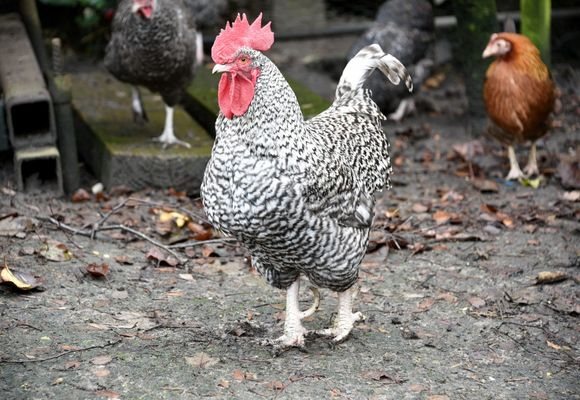

Problems and diseases
Plymouthrocks are not classified as problem chicken breeds. On the contrary, they are distinguished by their particular unpretentiousness in food, they go through a period of climatic adaptation very quickly. Birds are inactive, partly this is convenient - they will not fly over the fence, so when arranging a walking area, you can make small low fences.
Females have an excellent egg-hatching instinct. Therefore, the breed can be bred without using an incubator.
Farmers say that birds are not very shy and curious. They quickly get used to the owner, they can let him close.
Birds are distinguished by good indicators of immunity, however, they can get sick with any bird diseases, but less often. They do not have any special diseases. It is necessary to carefully and regularly inspect individuals and remove birds with signs of certain ailments.
If you find signs of parasites in one of the chickens, then it should be planted and treated with insect repellents. The same must be done with the individuals in the hen house. The birdhouse itself must be thoroughly washed, disinfected and treated with special agents.
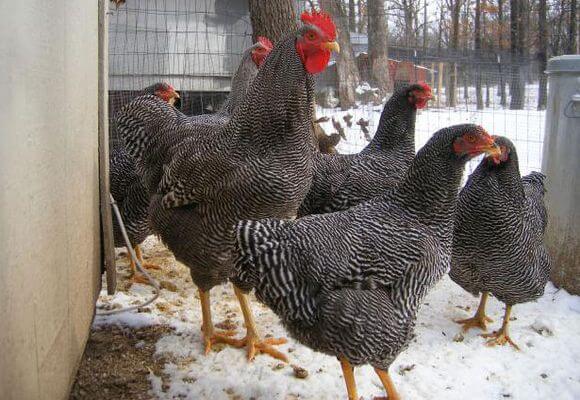

In order to protect chickens from parasites, it is necessary to minimize their contact with individuals of other species and other animals.
Plymouthrocks can suffer from infections, injuries, parasites. Most often, young hens or chickens are sick.
Symptoms that are warning signs:
- Falling feathers.
- Low activity.
- Appetite problems.
- Decrease in body weight.
- Distended belly.
- Anxious behavior.
It is best to show such chickens to veterinarians and put them in a separate room.
Chickens plymouth rock
Plymouth Rock, a meat and egg breed of chickens, was bred in the United States and is considered one of the best species of these poultry. In fact, the breed has all the qualities that poultry farmers want in poultry.
Firstly, representatives of this species are distinguished by their unpretentiousness to the conditions of keeping and feeding, they gain weight well even on pasture and practically do not reduce egg production throughout the year (Figure 1).
Secondly, these birds are distinguished by an amazing early maturity, which is expressed not only in the rapid gain in live weight, but also in the early start of oviposition.


Figure 1. Representatives of the Plymouth Rock breed
All these qualities have made Plymouth Rock extremely popular not only in the United States, but also in other countries of the world. Since each individual country carried out its own breeding work, at the moment there are eight subspecies of Plymouth Rock, which differ from each other mainly in color.
Despite the wide variety of species, this breed has common standards:
- The physique should be massive, while both females and males are distinguished by a wide and tall figure.
- The plumage is dense, fits well to the body and contains no pillows.
- The birds are distinguished by strong, muscular wings and legs.
- Adult roosters are distinguished by a large, but rather graceful head with a regular-shaped comb and a small short yellow beak. In addition, males have a very lush and beautiful tail.
- Females are distinguished by a more rounded body shape with a pronounced belly. The tail is small, with short tail feathers.
However, the easiest way to determine the breed is by the color of the beak, metatarsus and skin, because they are common to all species, regardless of the color of the plumage. All of these body parts should have a bright yellow color. In addition, typical members of the species should have red urine and orange-red eyes. If these signs are absent or the bird has a too narrow body, a roughly shaped head or an irregularly shaped comb, there is every reason for culling.
Breed analogs
There are a number of breeds that are classified by experts as similar in characteristics to Plymouth Rock:
- Cornish.
- Amrox.
- Poltava striped.
- Wyandotte.
Sometimes, under the guise of Plymouthrocks, they can sell Amrox chickens, since they are very similar in appearance.
Plymouthrock is a very famous chicken breed, which has excellent taste characteristics of meat, good egg production, does not require special care and maintenance. All these indicators make the breed popular with both private farmers and large producers.
Birds of white color are used as sources of quality meat, and striped Plymouth Rock is used for obtaining large quantities of eggs. At the beginning of the 2000s, the breeding of Plymouth Rocks in our country began to decline, but now it is being resumed, since the breeding of this breed is beneficial for the territory of our country.
Russian breeders
In Soviet times, chickens of this breed were common in the Moscow region and in the south of the country, mainly in Ukraine.
Nowadays, Plymouthrocks are bred in Ukraine, in the Crimea, as well as in private farms in the Moscow region and central black earth regions. The best representatives of the breed are imported from Hungary and Germany.
- Federal State Unitary Enterprise (FSUE)

